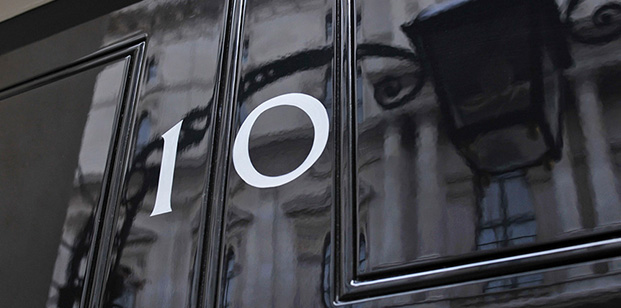The Chancellor appears to have appeased the gilt market with the Spring Statement, but can it last?
- The Chancellor needed to address a £14bn deterioration in the country’s finances.
- The 10 year yield has been persistently higher since the start of the year.
- The UK gilt yield dropped in response to the Statement.
Clinton era adviser James Carville once famously wished to be reincarnated as the bond market, rather than the pope or a sport star because, then, “you can intimidate everybody”. This was in evidence in the Chancellor’s Spring Statement. The OBR, or the Chancellor, or the Treasury may have thought they were in charge, but in reality, the gilt market was setting the agenda.
In theory, the Spring Statement should have been little more than a update of fiscal forecasts. The new Government has made a virtue of only having one fiscal event each year. Unfortunately, external events – particularly the turmoil emanating from the White House – derailed her best-laid plans and the Chancellor found herself needing to address a £14bn deterioration in the country’s finances.
The gilt market was already getting twitchy ahead of the Statement. The 10 year yield has been persistently higher since the start of the year. It is currently hovering around 4.73%, up from 4.57% at the start of the year. It rose as high as 4.9% in mid-January.
It was almost certainly this vulnerability in the gilt market that persuaded the Chancellor that she couldn’t bend the fiscal rules, turning instead to spending cuts. The latest estimates from the OBR show that the cost of UK debt interest is £105bn . This is 8.2% of total public spending and is equivalent to over 3.7% of national income. The Government can ill-afford to irritate the bond vigilantes.
The gilt market’s response to the Budget is also likely to be the ultimate measure of success. If the gilt market buys the Chancellor’s spending cuts and the gilt yield drops, it would give her some much-needed breathing space, pushing borrowing costs lower and improving the UK’s fiscal position. The early signs are promising: the gilt yield dropped in response to the Statement.
Vivek Paul, UK chief investment strategist at BlackRock, says the longer-term is a tougher call: “Today’s Spring Statement by the UK government intended to make a clear statement about its fiscal credibility to markets by showcasing a willingness to take short-term political pain to protect fiscal prudence and avoid tax rises. UK gilt yields are little changed so far. Yet with today’s measures only returning the fiscal headroom back to where it was in October, the UK's borrowing costs arguably remain just as vulnerable to spikes as they were back then. If global bond yields rise, inflation pressure persists and growth disappoints, gilts could come under pressure once more.”
The Chancellor has bought herself some time, but the bond markets will continue to act as a disciplining force on UK policy.


















